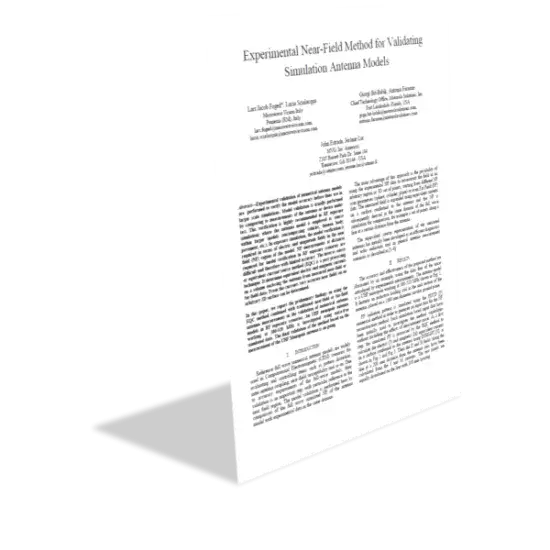
Experimental validation of numerical antenna models are performed to verify the model accuracy before their use in larger scale simulations.
Model validation is usually performed by comparing to measurements of the antenna or device under test. This verification is highly recommended in RF exposure simulations where the antenna model is employed as source within larger models (encompassing vehicles, human body, pavement, etc.). In exposure simulation, the model verification is required in terms of electric and magnitude fields in the near field (NF) region of the model. NF measurements at distances required for model verification in RF exposure scenarios are difficult and therefore with limited accuracy. The inverse source or equivalent current/source method (EQC) is a post processing technique. It determine equivalent electric and magnetic currents on a volume enclosing the antenna from measured near-field or far-field data. From the currents very accurate near fields on an arbitrary 3D surface can be determined. In this paper, we report the preliminary findings on using the EQC method combined with traditional near-field or far-field antenna measurements in the validation of numerical antenna models in RF exposure scenarios. An UHF monopole antenna working at 380-520 MHz is investigated using noise-free simulated data. The final validation of the method based on the measurement of the UHF Monopole antenna is on-going.

